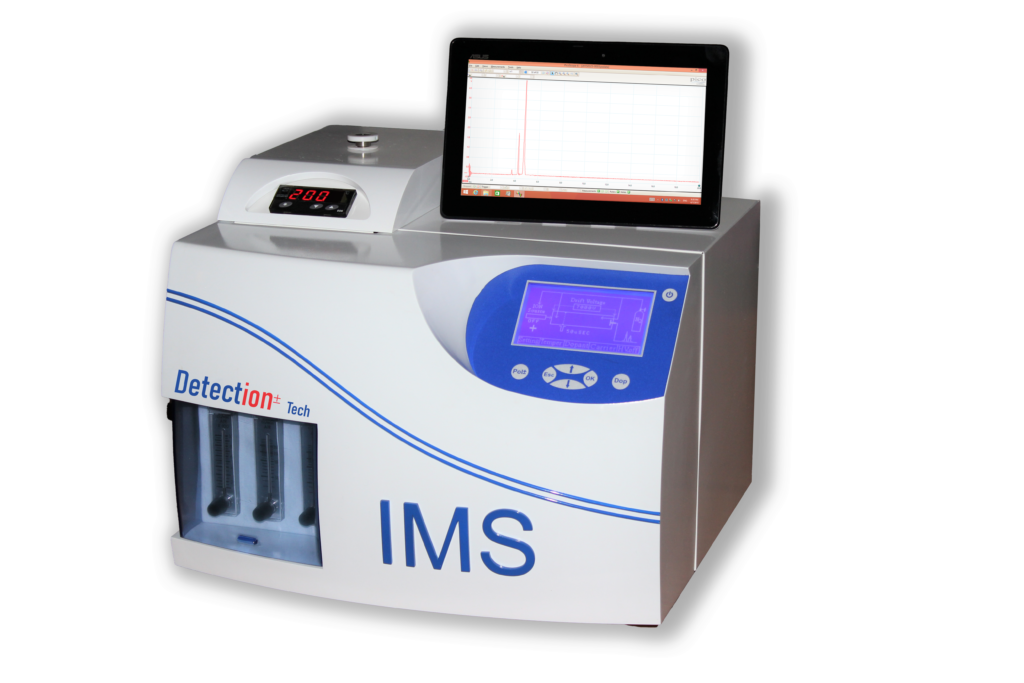Research Grade multi-ion source (IMS-500)

Alternative to HPLC & GC
Ideal for most Chemical Analysis and Research
High Resolution & Compact IMS-500 Series
• Fast Analysis; within few seconds
• Highly Sensitive: Detects nano-gram or ppb levels
• Versatile: Responds to various organic compounds
• Simplicity: No columns or vacuum pumps are needed
• Selective to most compounds of interest
• Cost-effective & Low Maintenance
• Easy Sampling & minimum preparation
Ion Mobility Spectrometry (IMS) is an emerging technique in chemical analysis. Due to its exceptional sensitivity (in the ppb range) and rapid analysis (a few seconds), IMS gained wide acceptance in detecting explosives, drugs, and toxic chemicals in various environments. Our state-of-the-art research-grade ion Mobility Spectrometer is tailored for analytical chemistry. It excels in separation science, offers high reproducibility and robustness, simplifies preparation and sampling, and ensures easy operation for quantitative and qualitative analyses with exceptional selectivity.
The research-grade IMS-500 builds upon the world’s first commercial instrument using a non-radioactive corona discharge ionization source. Thanks to innovative techniques of inverse-IMS, it can fully resolve overlapping peaks of morphine.
Operating at temperatures up to 200°C enhances separation and eliminates memory effects. The multi-ion source option allows quick and easy ionization scheme changes, enabling selective ionization for specific applications.
The Principle of Operation
IMS operates on the Time-of-Flight (TOF) principle at atmospheric pressure. It begins by vaporizing the sample, which then enters the ionization region, where molecules become ionized. These ions are periodically injected into a drift tube through successive pulses on a shutter grid. Within the drift tube, under an electric field, ionized molecules travel at speeds related to their size. As they journey toward the detector, ions are separated based on their size.
Comparatively, IMS is somehow similar to chromatography. In IMS, the drift tube serves as the column, and the shutter grid acts as the injector. A full ion-chromatogram in IMS is generated in just 20 milliseconds, which is thousands of times faster than GC or HPLC.
Each compound produces distinct peaks with a certain pattern, which are utilized for qualitative analysis. Quantitative determinations are made using peak intensities. Read more …